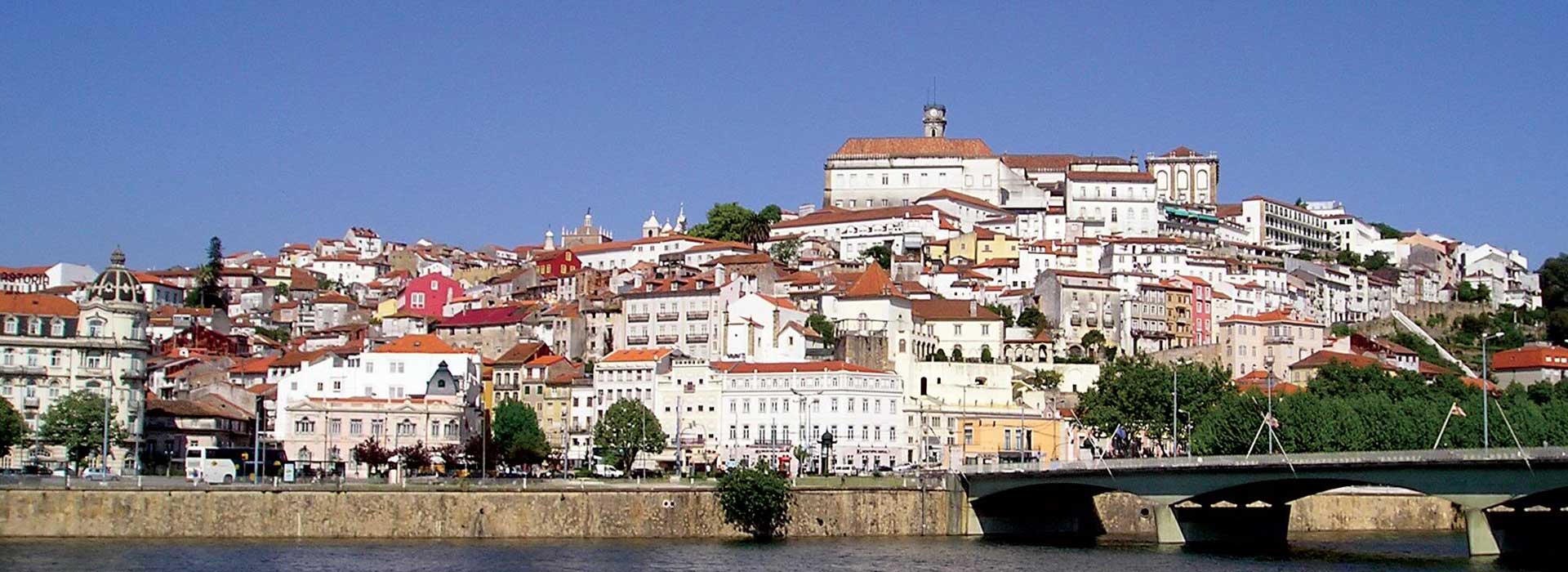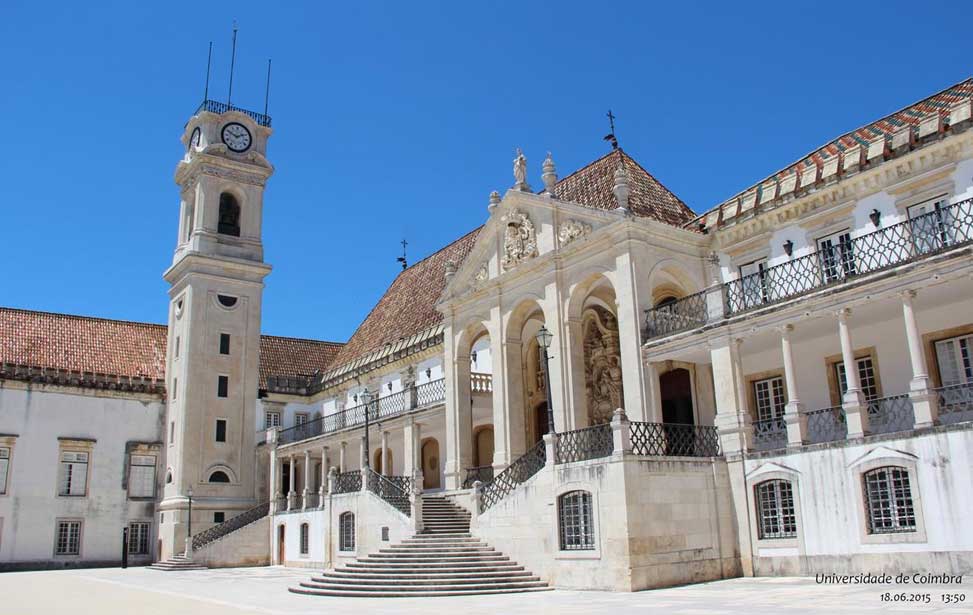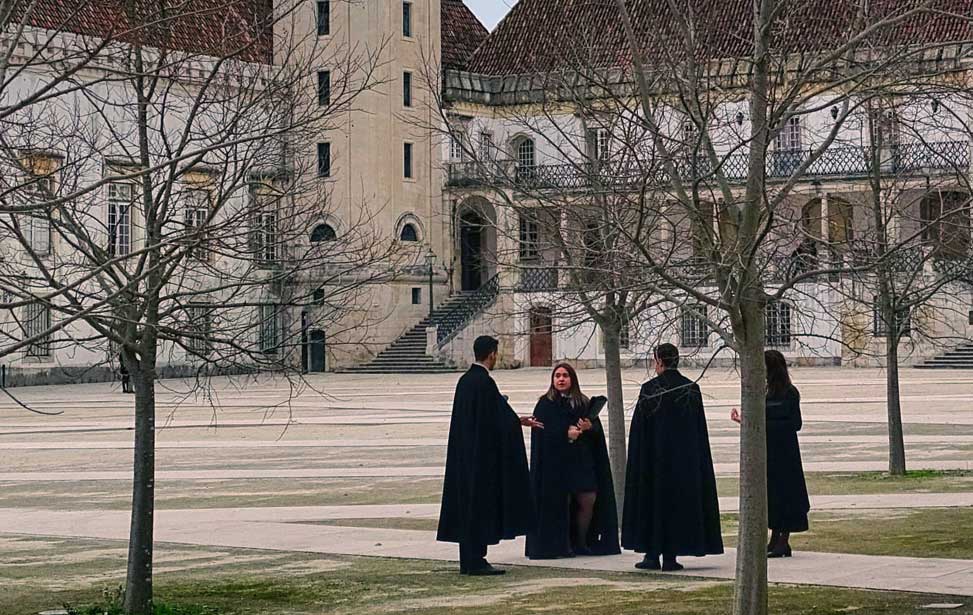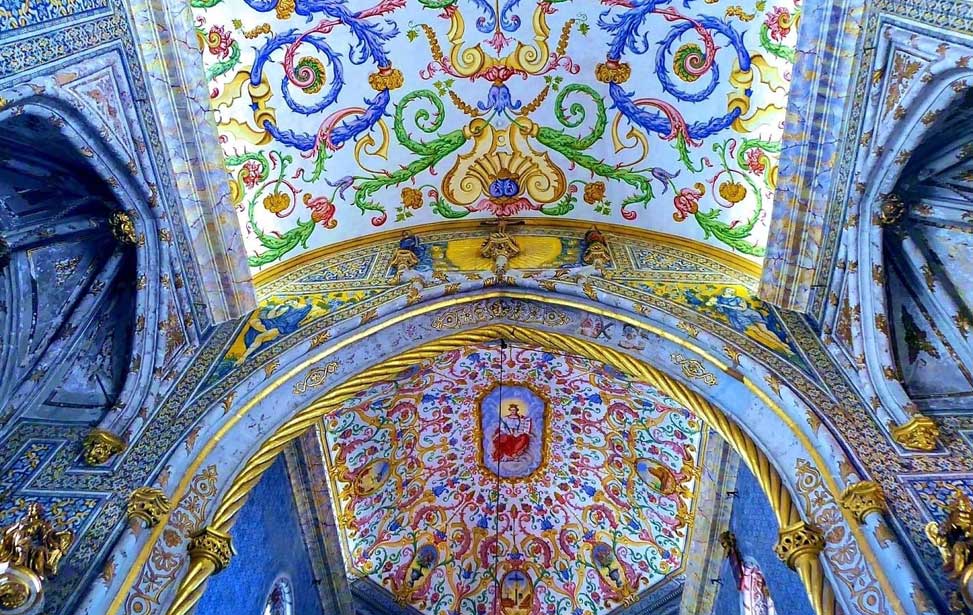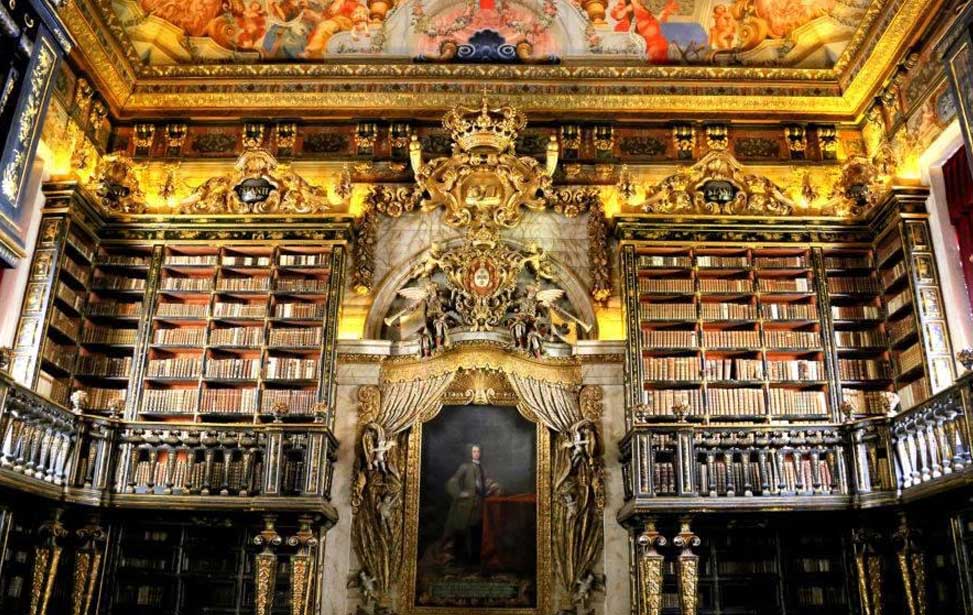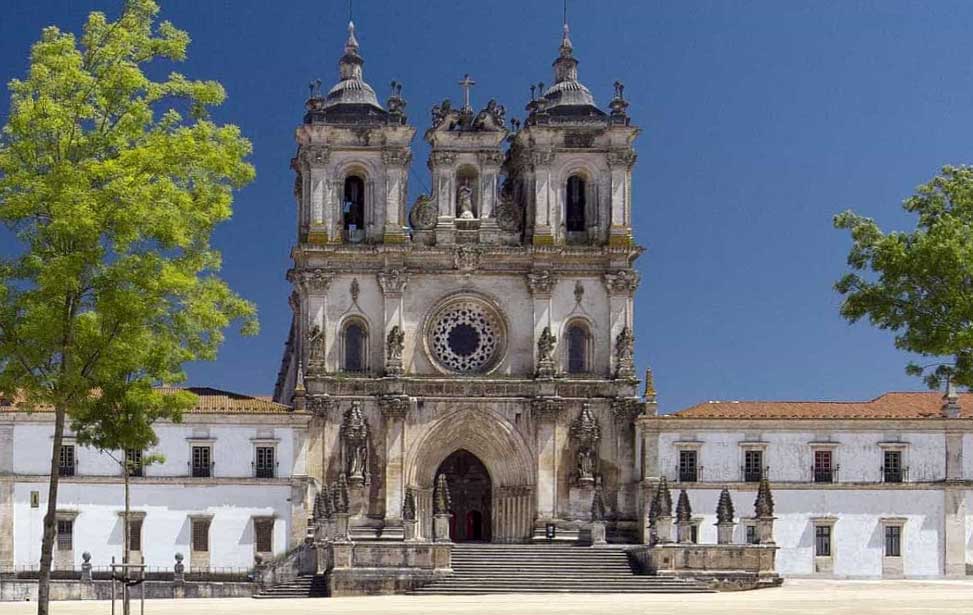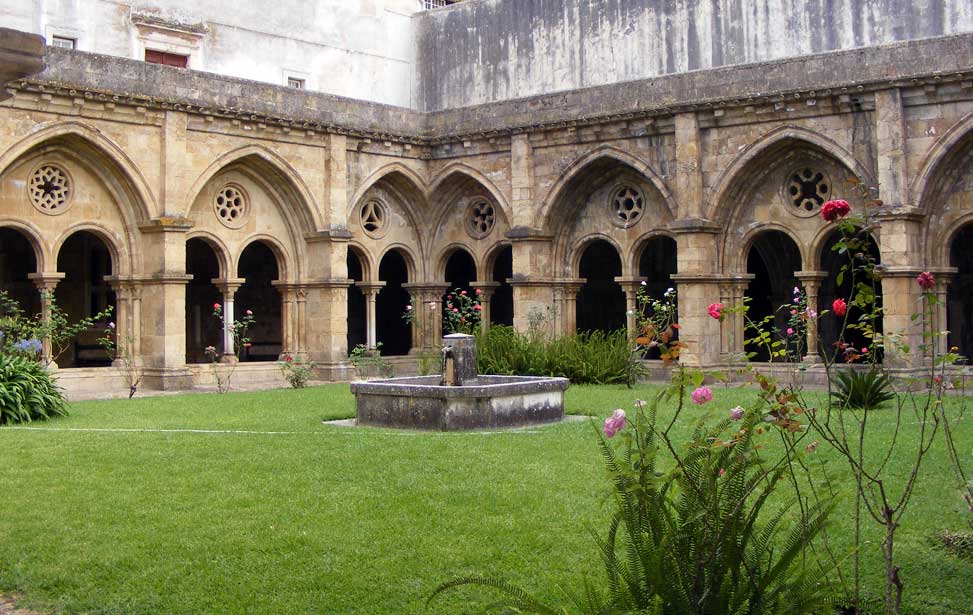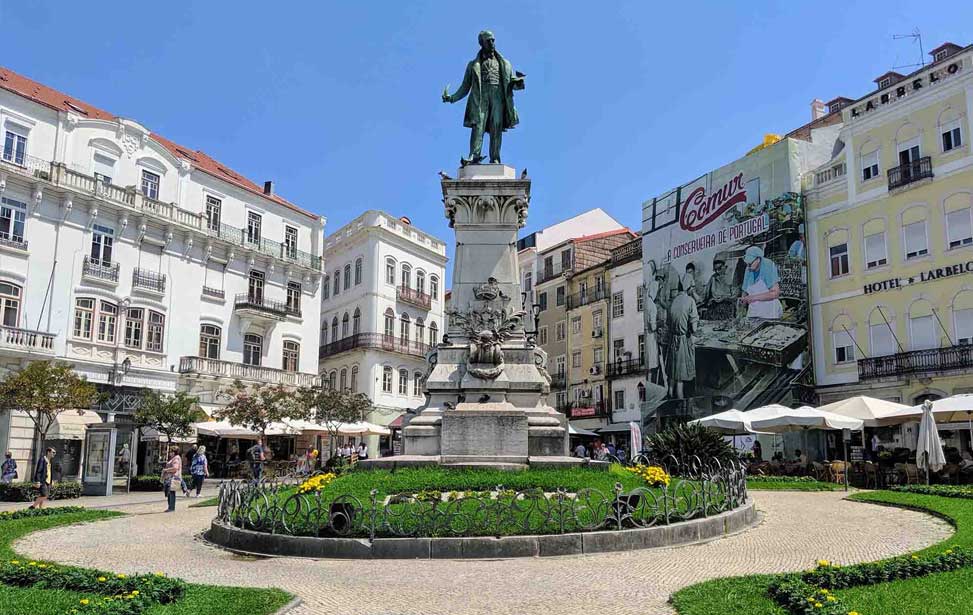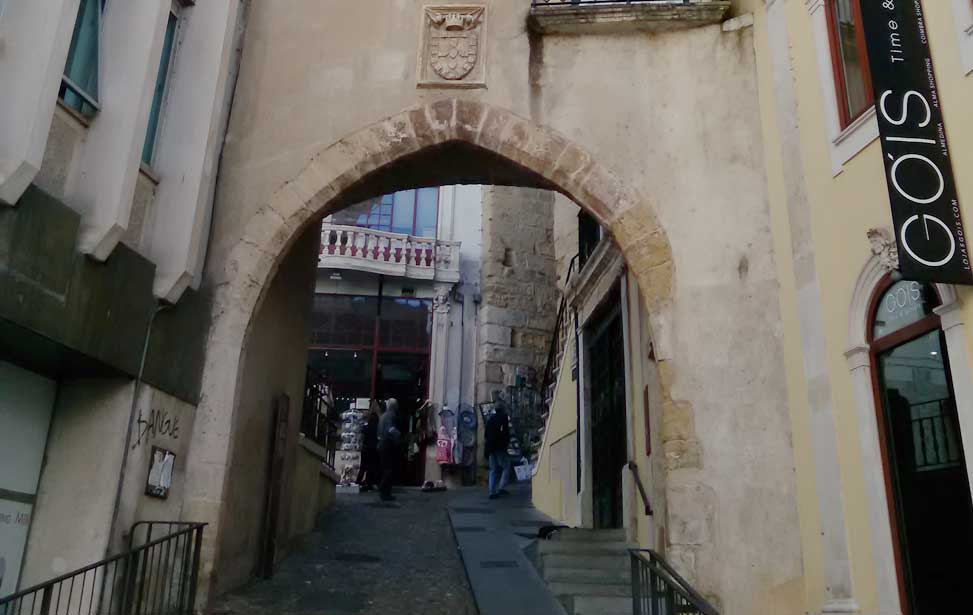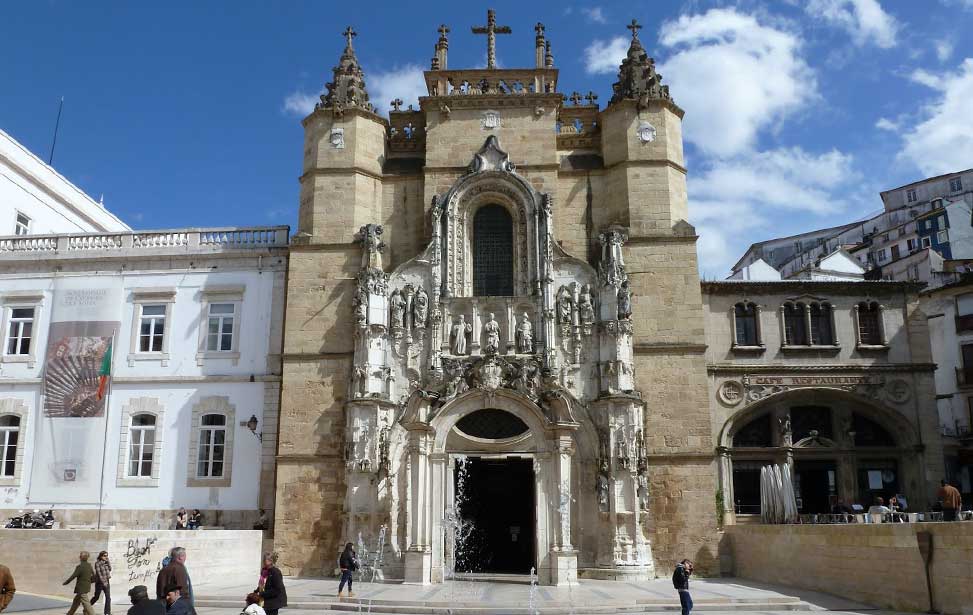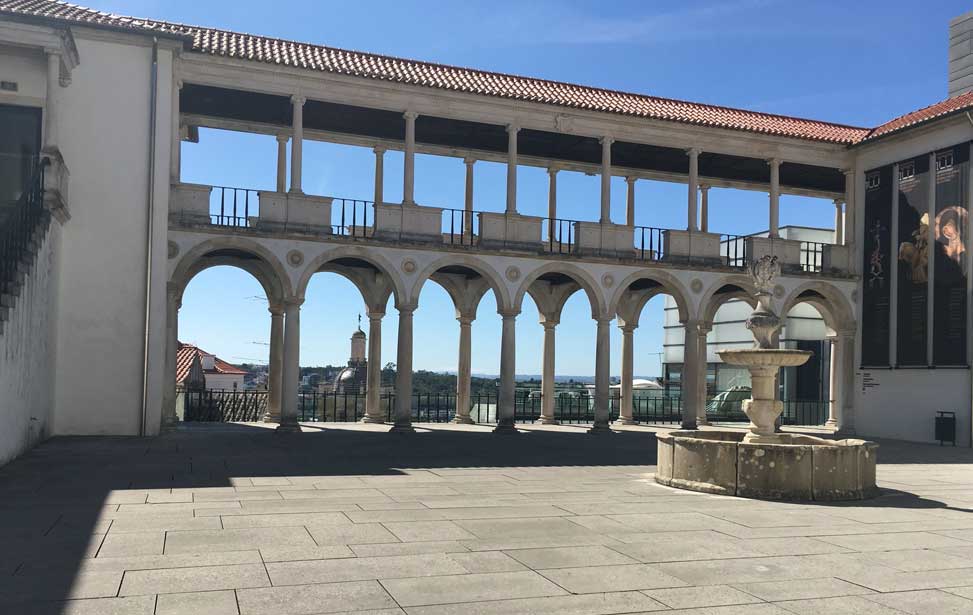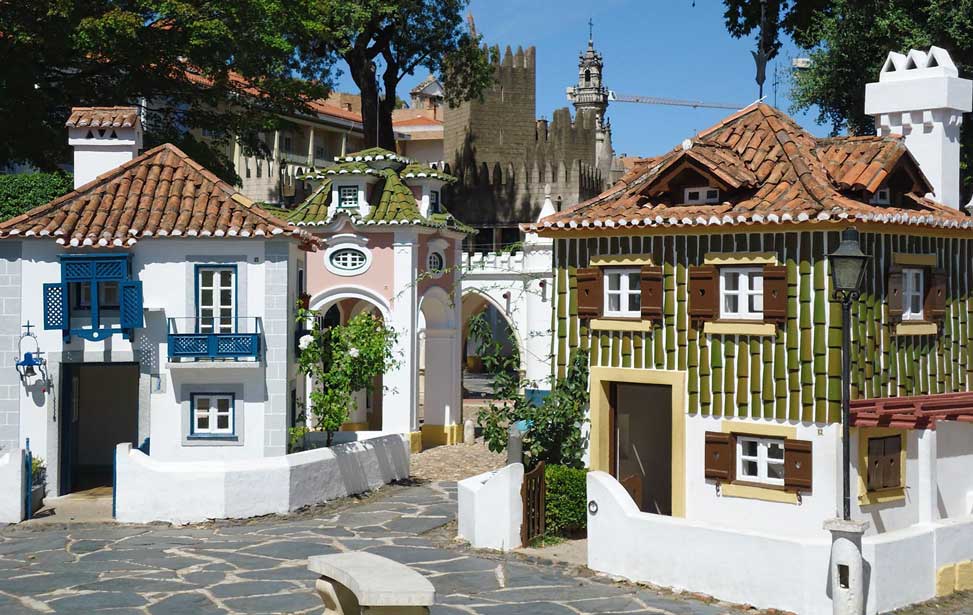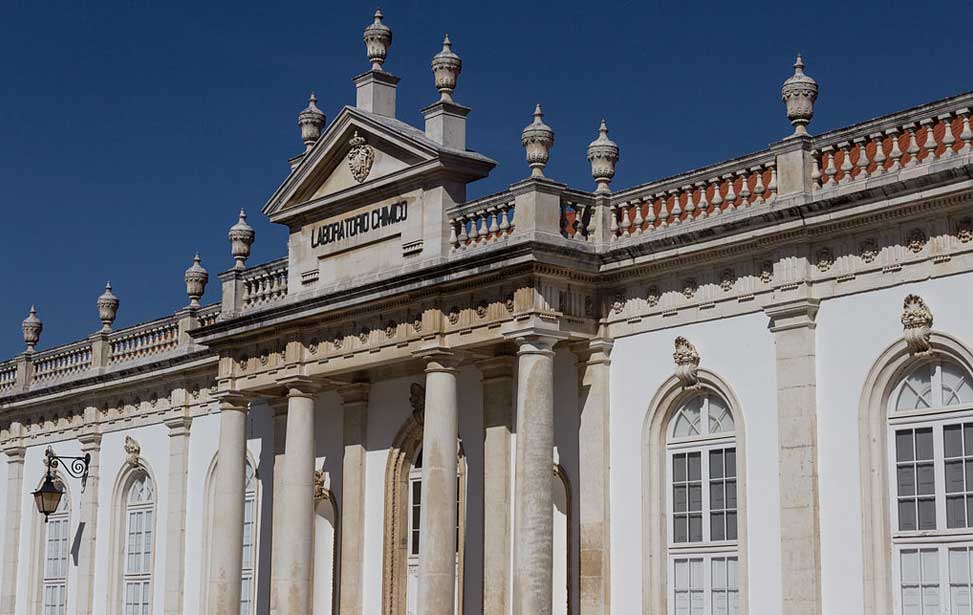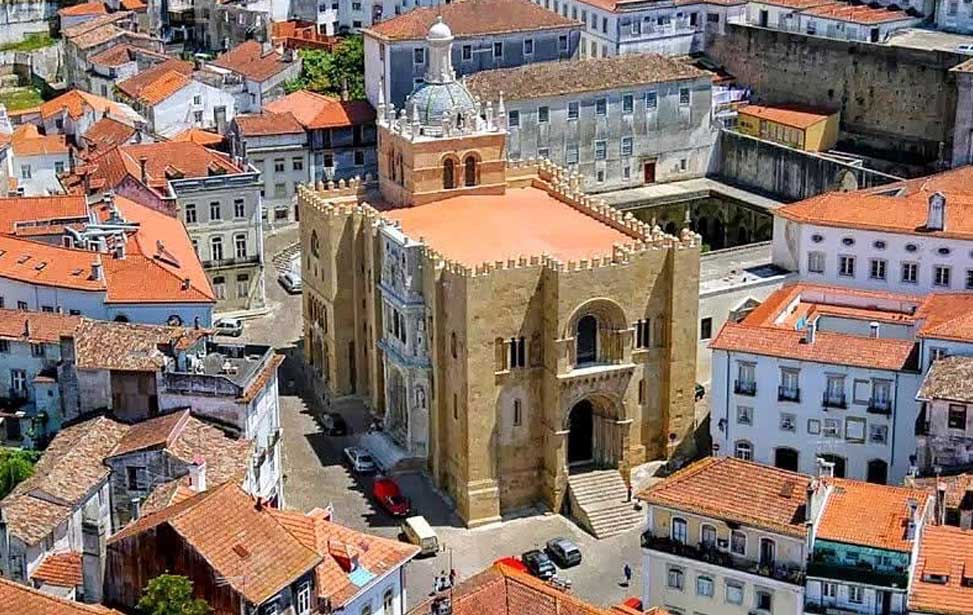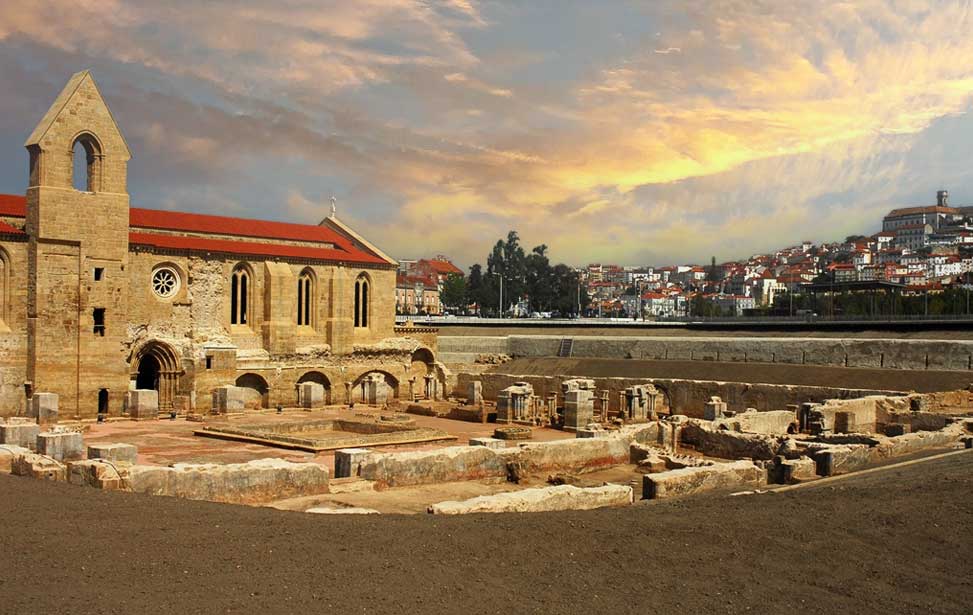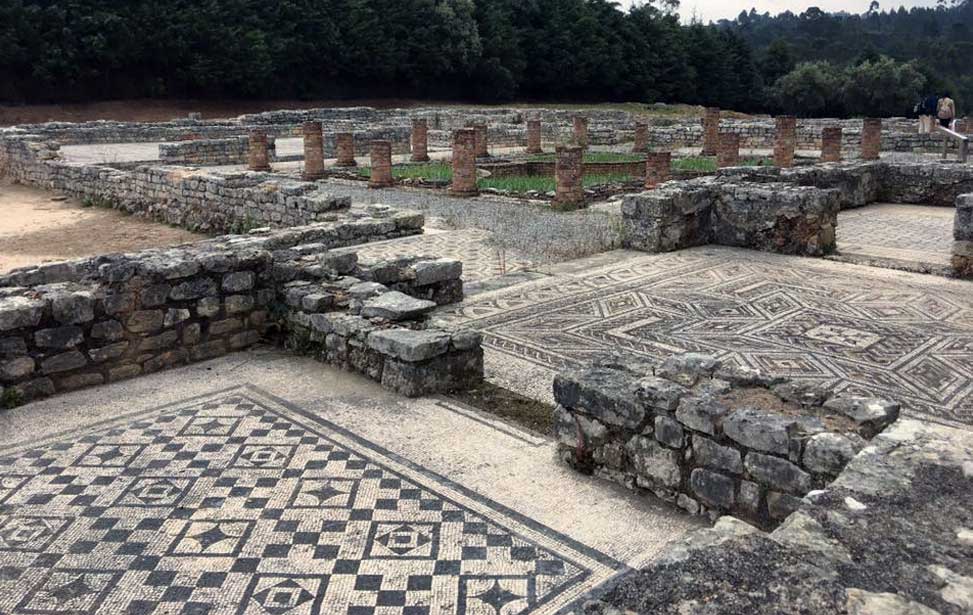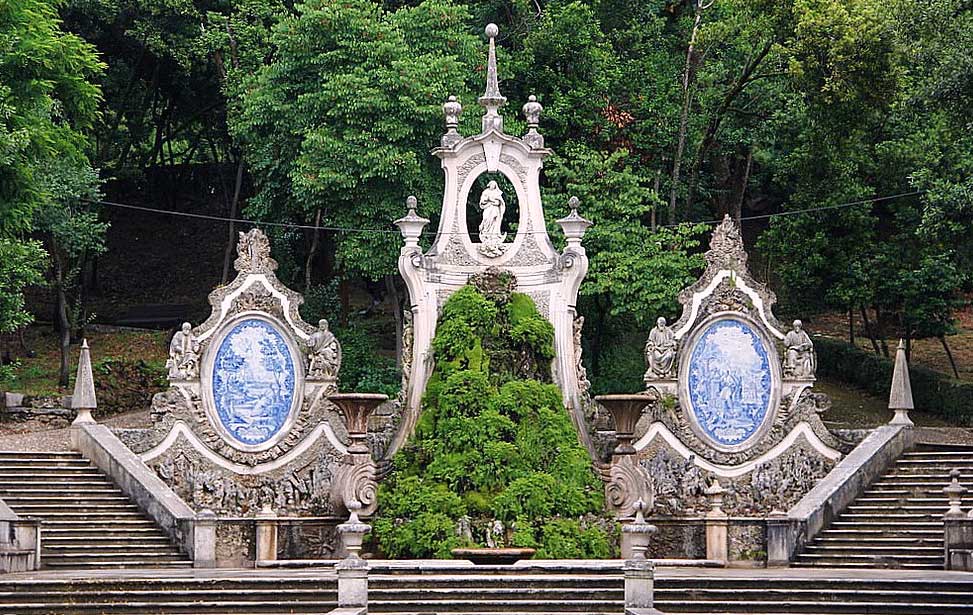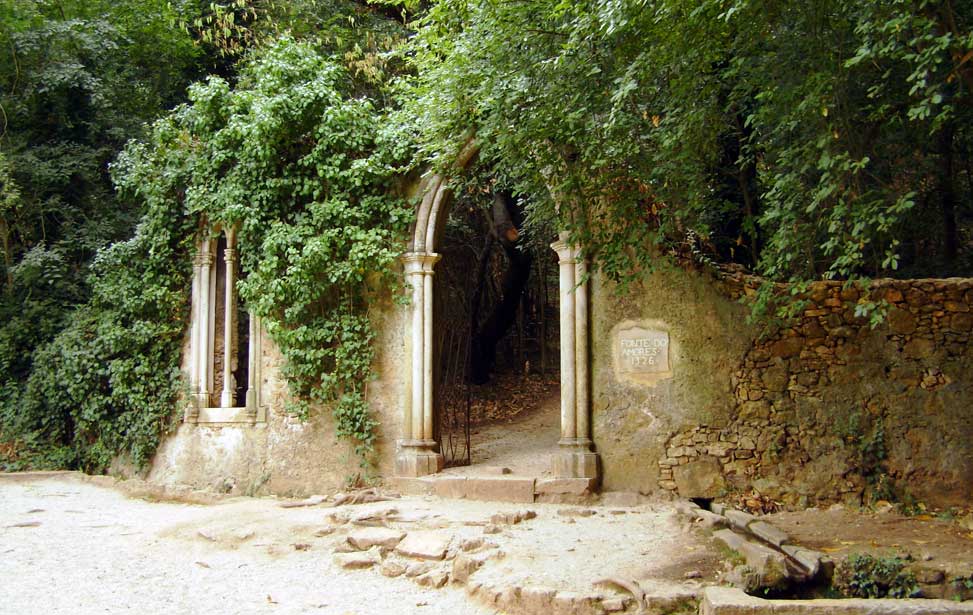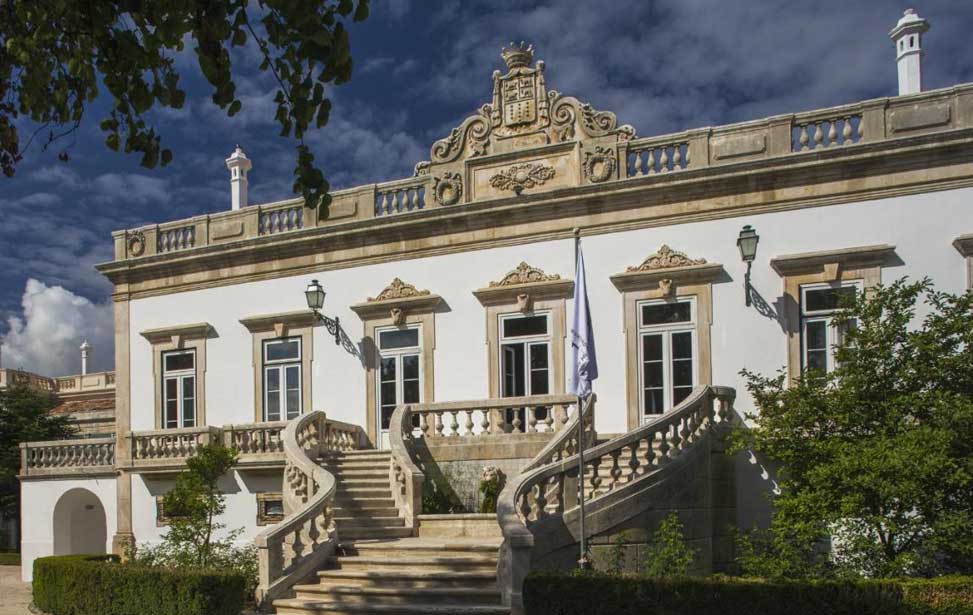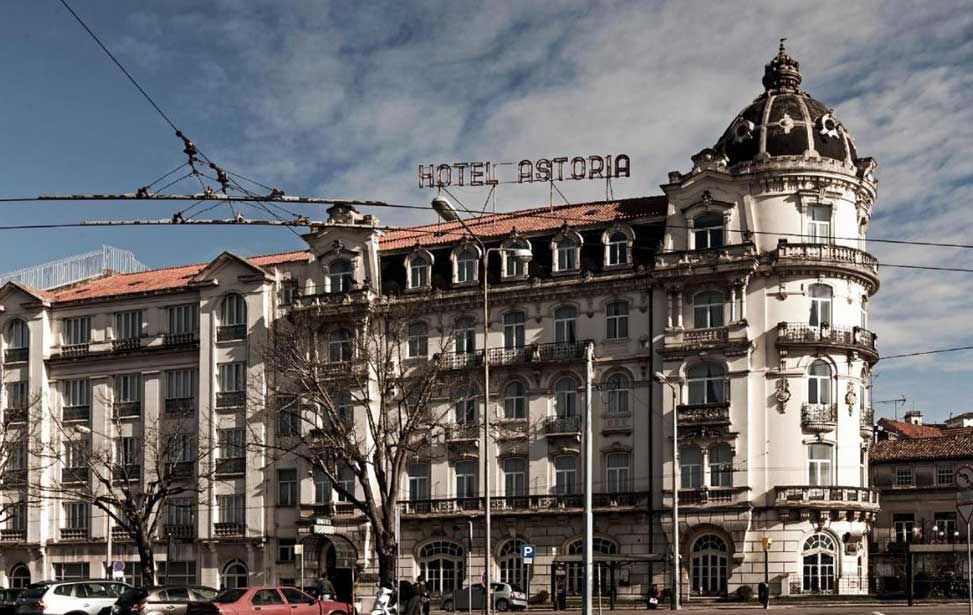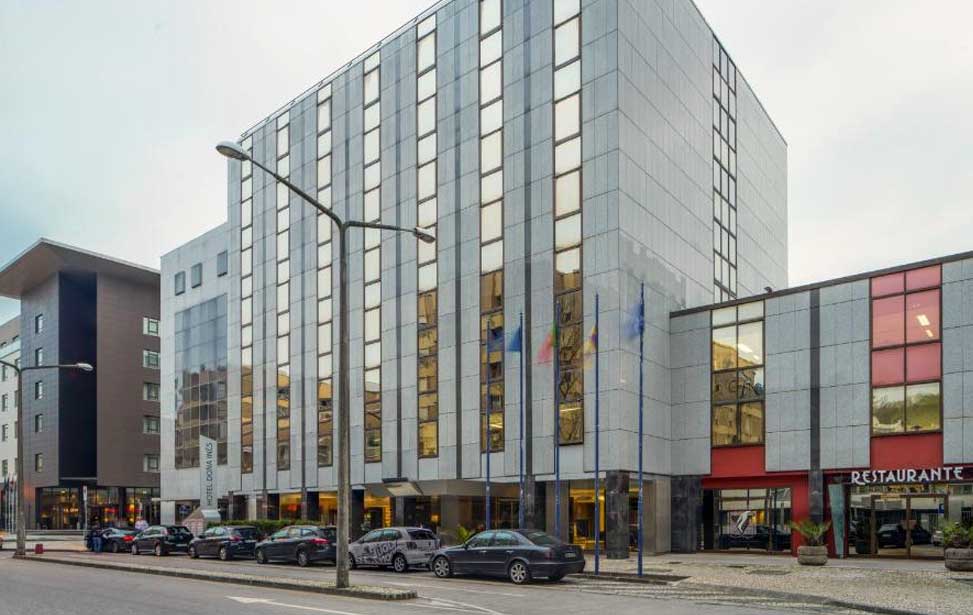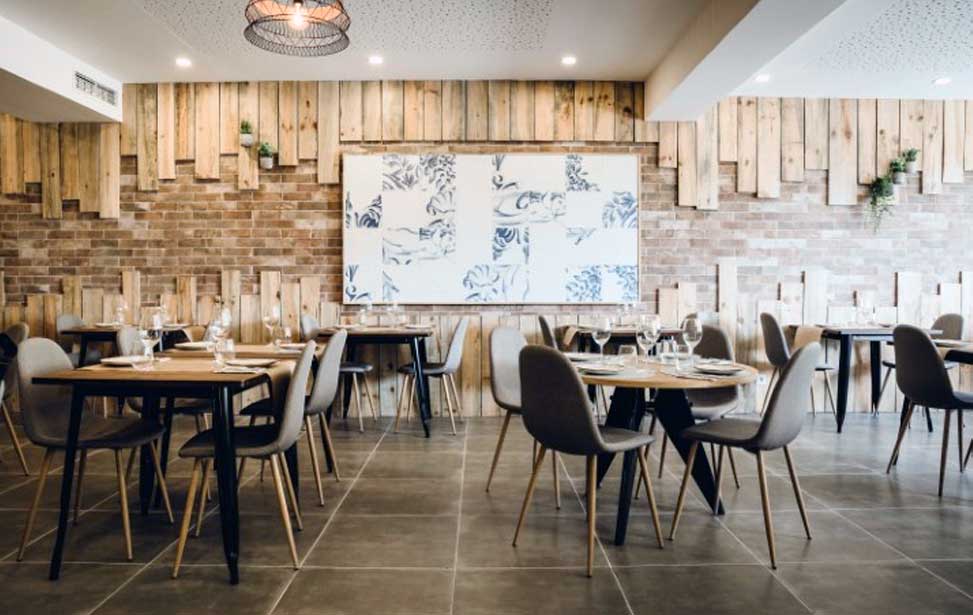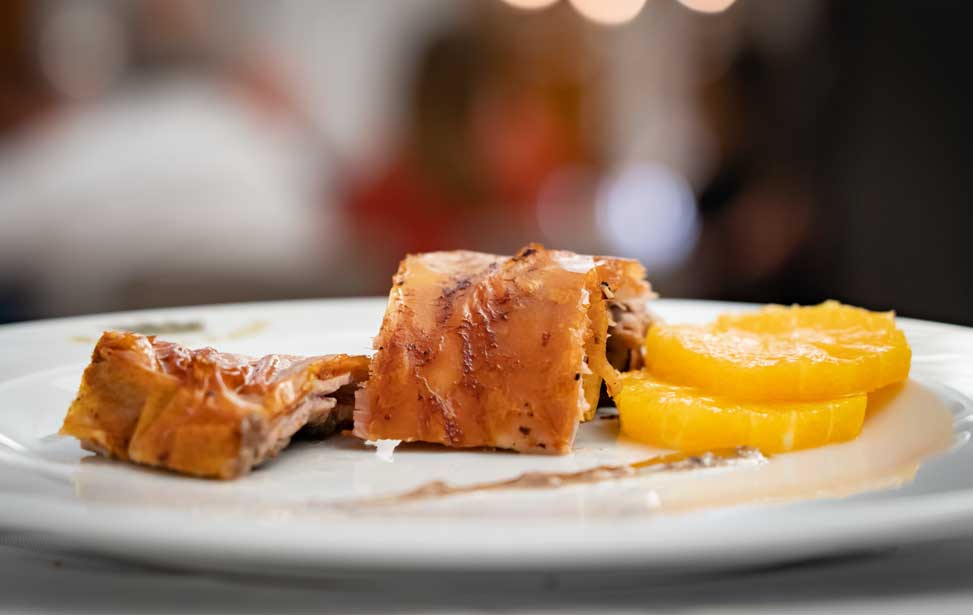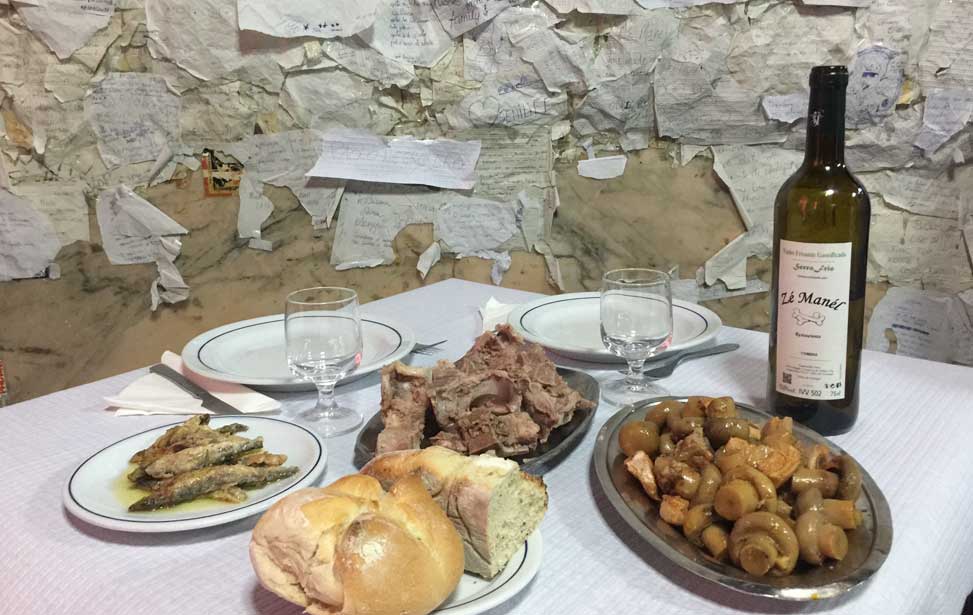COIMBRA
Lying halfway between Lisbon and Porto and occupying the north bank of the River Mondego is the ancient principal town of the Beira Litoral district. It is rich in tradition, history and interesting places to visit. Cominbra is home to one of Europe's oldest Universities and the students bring an exciting youthful atmosphere to the medieval streets.
From 1139 until 1260 Coimbra was the Capital of Portugal and all around the old-town centre there are architectural remnants from the city's glory days. The city has distinctive upper and lower areas. The University is ensconced on the highest part of town with the commercial centre, the Baixa, below. Time-worn cobbled lanes meander their way between the two, passing the medieval cathedral (Sé Velha) en route. Most visitors to Coimbra come on a day trip and don't experience the city to the full. There are plenty of attractions and sights in Coimbra and the surrounding region to justify a stay of at least a few days. Accommodation in Coimbra is relatively cheap, making the city a great base to explore Central Portugal.





